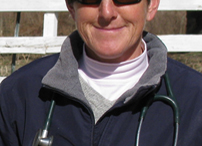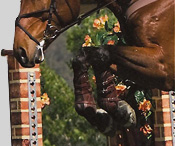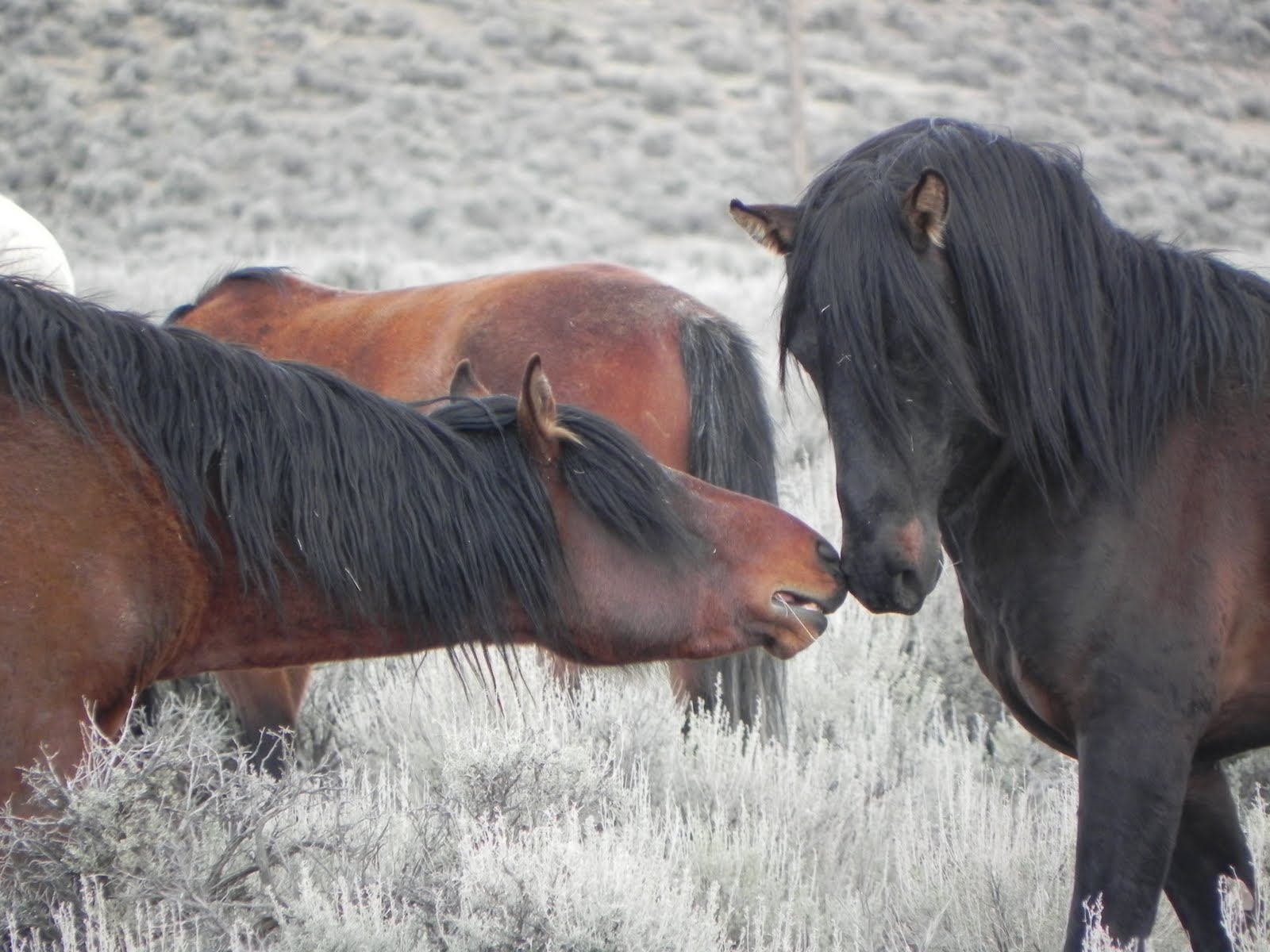



LEARN FROM THE
BRUMBIES

A new perspective on the mustang hoof!
Mustangs are widely used as a model for “natural” foot trimming. This is based on the premise that their lifestyle promotes hoof health as a result of distance travelled on unimproved footing, a natural diet, and the absence of human intervention on hoof conformation. I attended the 2011 International Equine Conference on Laminitis and Diseases of the Foot where Brian Hampson, working with Dr. Chris Pollitt of the Australian Equine Laminitis Research Unit, presented his studies on the feet of 100 Brumbies, the wild horses of Australia.
Five groups of horses were studied, each living in a different environmental region of the Australian outback. The feet of 20 horses in each group were analyzed for conformation and pathologic changes. Conditions ranged from rock hard arid strata to wet grasslands. Brian’s hypothesis was that no single feral-horse foot model exists, and that it is incorrect to assume that because a horse survives in the wild that its feet are therefore healthy.
It was discovered that each environment produced a different hoof conformation, and that 97/100 feet studied exhibited some pathologic abnormality. Histologic evidence of chronic laminitis was observed in over half of the feet. It was noted that “significant pathology was identified in the foot types most closely resembling the popular ‘mustang’ foot.” In fact, characteristics such as thick hoof wall, thick hard sole and heavily worn distal wall promoting sole loading may actually be associated with pathology.
Brian Hampson concluded that “there is currently no clear evidence to support the use of the extreme feral horse foot as a model for foot care.” However, he went on to point out that when the varied characteristics of all 5 groups of horses were combined and analyzed, some consistent parameters were identified that may be important when considering the natural form of the equine foot.
Research on the wild horse foot is ongoing. See great videos and learn more about this work at www.wildhorseresearch.com.

PO BOX 60730
RENO NV 89506
EMERGENCY (775) 742-2823 OFFICE (775) 969-3495
FAX (775) 969-3923




